Brass vs. Bronze vs. Copper: Which Metal is Right for You?
The most used metals for CNC machining and construction include brass, bronze, and copper. They possess good working abilities and are hard technologies. Even though these metals look alike and have similar chemical characteristics, each has some benefits depending on the main characteristics and uses. To choose the right metal for your projects, it is vital to understand some differences between brass vs. bronze vs. copper.
So, in this article, we will describe what brass, bronze, and copper are in terms of their basic structure, grades, and alloys. Besides this, we’ll compare their major features, specific strengths, and weaknesses. At the end of this article, you can select the right material for machining or construction purposes.
What is Brass?
Brass is used as an item of metal that consists mostly of copper and zinc with other additives, i.e. lead, tin, and aluminum. The content of copper compared to zinc varies, making it a useful metallic material, i.e. brass.
Brass has a shiny appearance like gold and is usually used where the appearance of the material is important. However, it is highly appreciated for its sound-holding ability, ductility, and rust resistance. So, it is used in electronics, harmonious instruments, and plumbing.
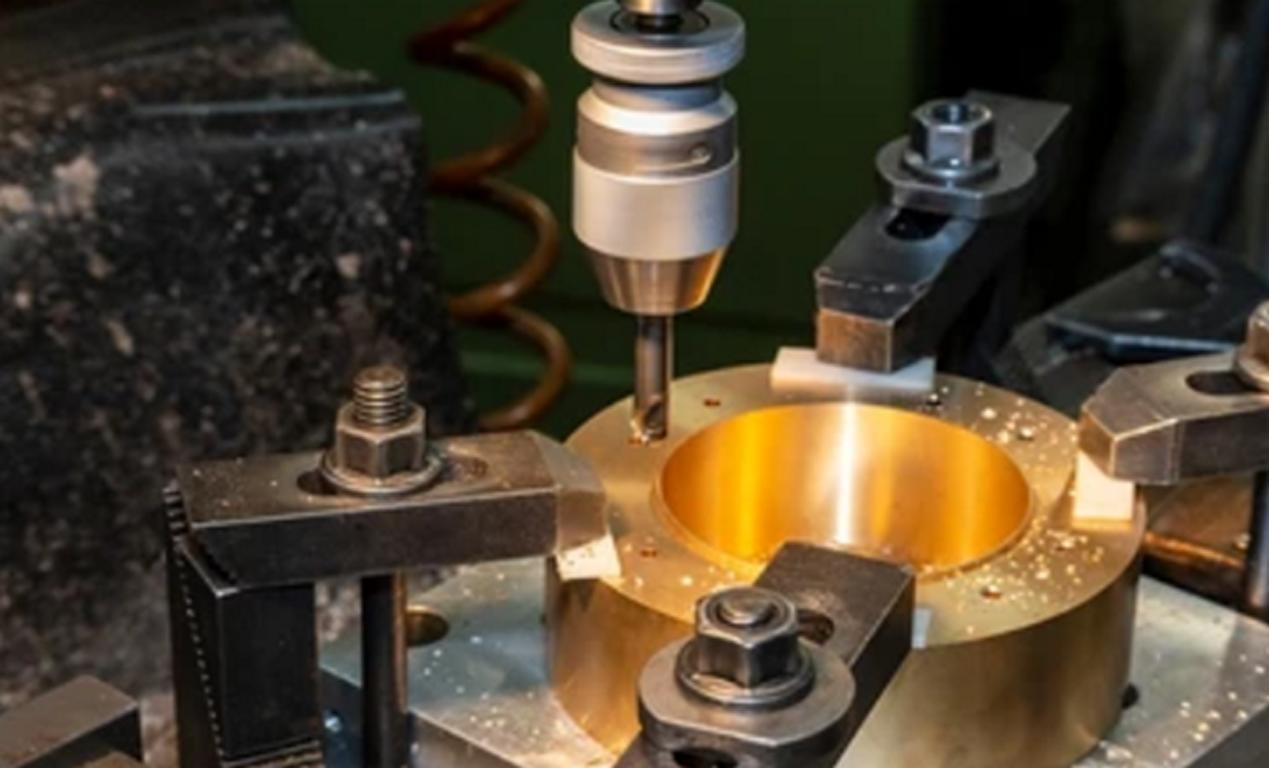
Key Properties:
Some of the key properties of brass may include;
- High malleability
- Good electrical conductivity
- Resistant to corrosion
- Very suitable for accurate working or cutting.
What is Bronze?
Bronze is, generally, an alloy that consists of roughly 88% copper and 12% tin, but with small additions of aluminum, manganese, and nickel. Even today bronze is widely used and has been used for the last about 5000 thousand years. Moreover, it’s harder and less ductile than brass and is generally given a reddish-brown color.
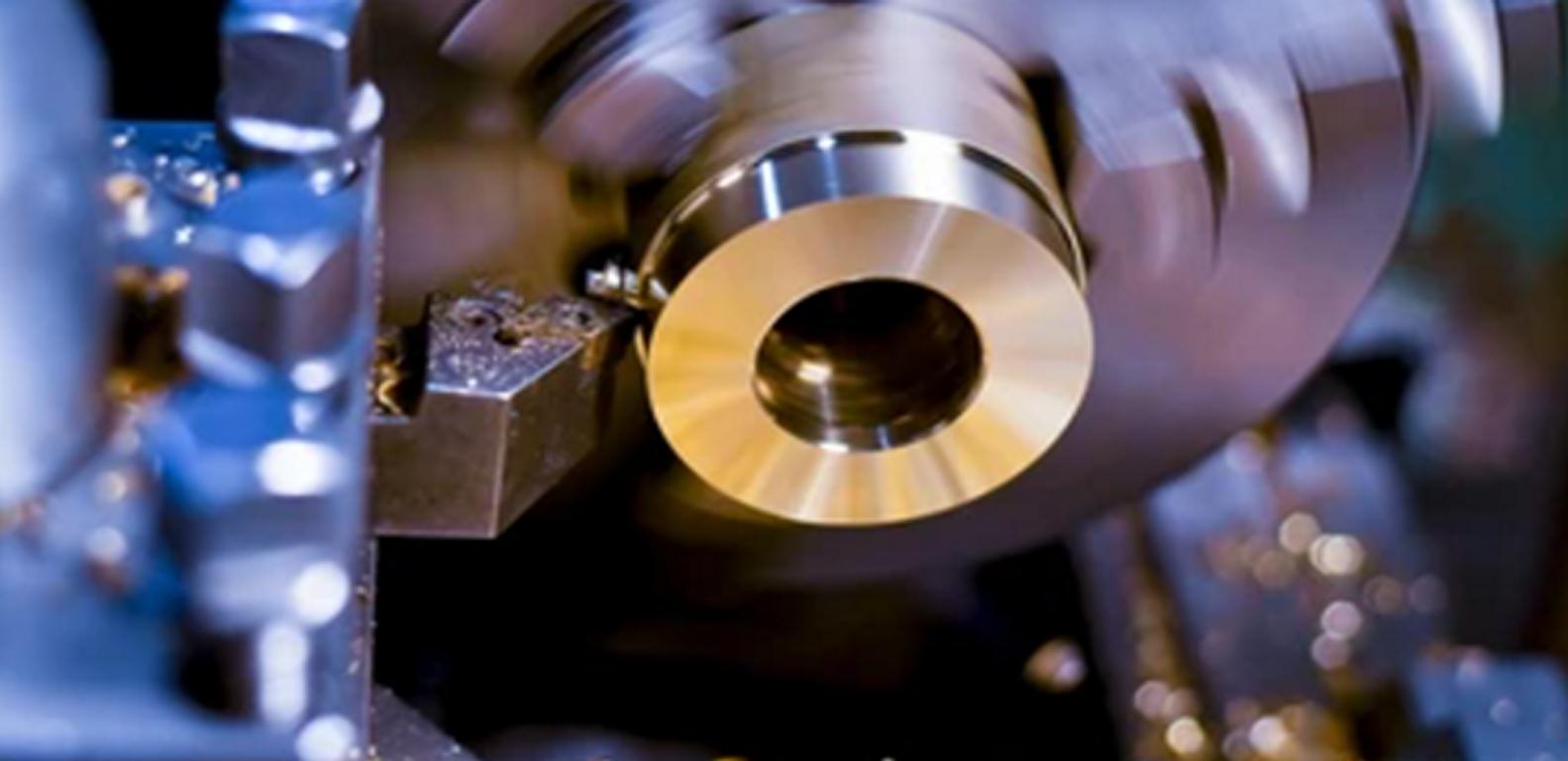
Bronze contains high hardness and wear-resistant characteristics which makes bronze suitable for many applications. These may include bearings, the material used in the marine industry, and other heavily loaded parts. It also possesses great corrosion resistance, particularly from salt water thus making it ideal for use where the possibility of coming into contact with salt water is very high.
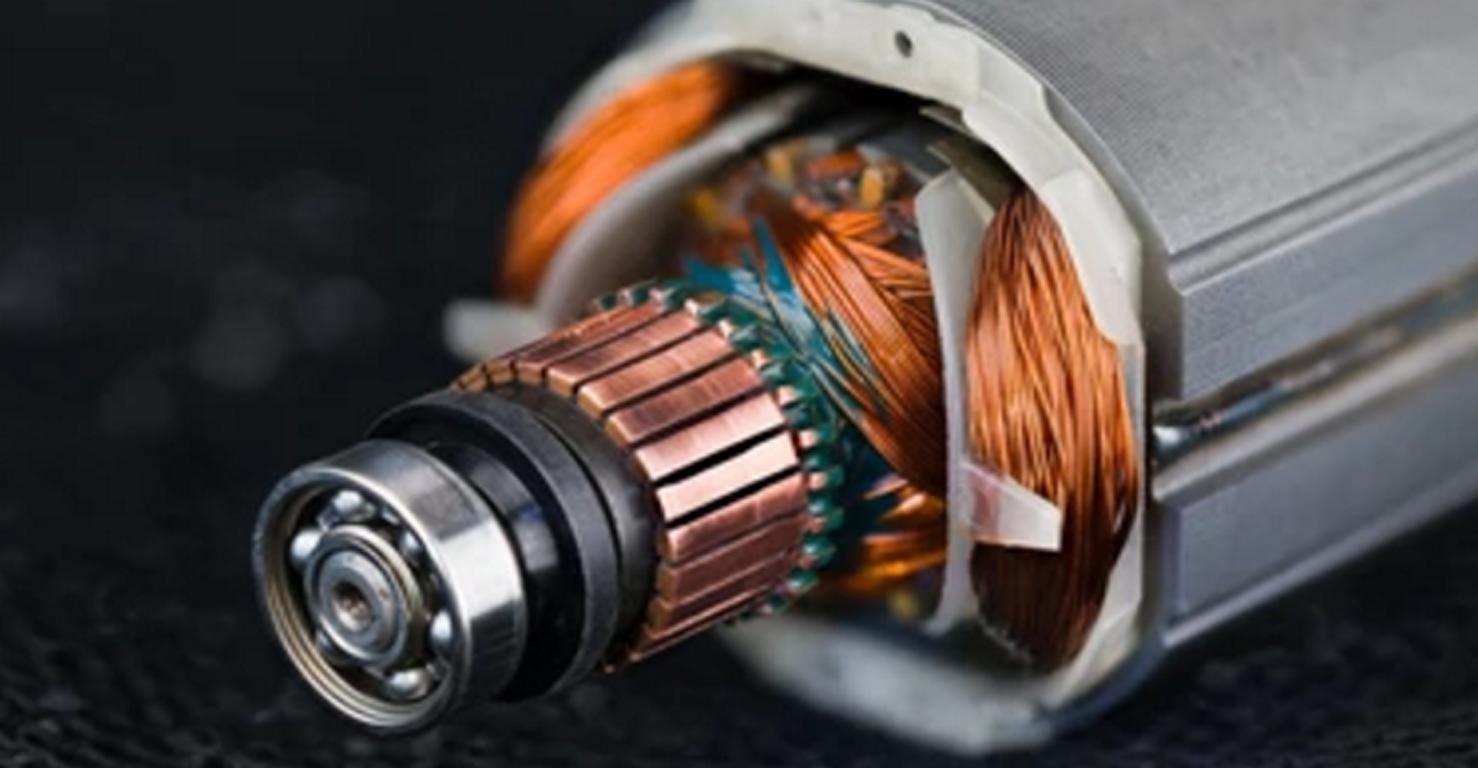
Key Properties:
Some of the key properties of bronze may include;
- High strength and durability
- It has good resistance to corrosion (particularly in marine environments).
- Good wear resistance
- The ability to work with certain structures/ shapes
What is Copper?
Copper is a chemical element, a metal that is found in its standard state in nature. Besides this, it forms one of the best conductors of heat and electricity. It has a characteristic reddish-orange color and is widely used in electrical applications, water distribution, and in industrial equipment manufacturing.
It is important in many sectors because it conducts electricity efficiently; it does not support bacteria’s growth and withstands corrosion.
Key Properties:
Some of the key properties of copper may include;
- Excellent electrical and thermal conducting properties
- Antibacterial elements that come from nature
- High ductility
- Easy to form and work with
Key Differences Between Brass, Bronze, and Copper
So, all these elements have almost the same properties and applications. But they are all different from each other. Let’s discuss the difference between brass, bronze, and copper;

1. Composition
Now brass is made from copper and zinc and bronze is made from copper and tin with additives like aluminum or nickel. Besides this, copper is a metal, not alloyed with any other material; it is a single-element material.
2. Color and Appearance
Brass seems yellow to gold and is thus used commonly in ornamental works. Bronze is silvery white and has a reddish-brown color suitable for sculpture and industrial uses. On the other hand, copper has a bright reddish color.
3. Strength and Durability
Bronze is the most popular type of alloy and is scientifically the strongest of them all and experiences little wear and tear. While brass and bronze are both fairly malleable materials, brass is relatively weaker than bronze and copper is the least hardened of the three.
4. Corrosion Resistance
Bronze has very high corrosion values, especially in marine conditions. Brass is moderately resistant to corrosion and can be used in household items while copper is resistant but will form a protective film as an additional feature.
5. Malleability
The properties of these two metals include high malleability which means they can be easily hammered and rolled. It has a comparative average malleability mainly because the bronze is comparatively hard to shape in comparison to the other two.
6. Cost
Brass is normally less costly than bronze, though copper is slightly expensive due to the material’s strength and flexibility. Equipment that is made of copper is somewhat more expensive than that made of the other two metals in large part because copper is normally more costly than either iron or aluminum.
7. Applications
Brass is often used in parts that are exposed to décor along with plumbing materials, On the other hand, bronze is widely employed in industries and marine hardware.
| Characteristic | Brass | Bronze | Copper |
| Composition | Copper + Zinc | Copper + Tin (and other elements) | Pure Copper |
| Color | Yellow to Gold | Reddish-Brown | Reddish |
| Strength (MPa) | 200 – 700 MPa | 300 – 900 MPa | 210 – 350 MPa |
| Corrosion Resistance | Moderate (Rating: 2-3/5) | High (Rating: 4-5/5) | Moderate (Rating: 3-4/5) |
| Malleability | High (Easy to shape) | Moderate (Limited shaping) | High (Easy to shape) |
| Cost (USD per kg) | $3 – $7 | $5 – $15 | $6 – $10 |
| Common Applications | Decorative items, plumbing fittings | Marine hardware, industrial components | Electrical wiring, plumbing |
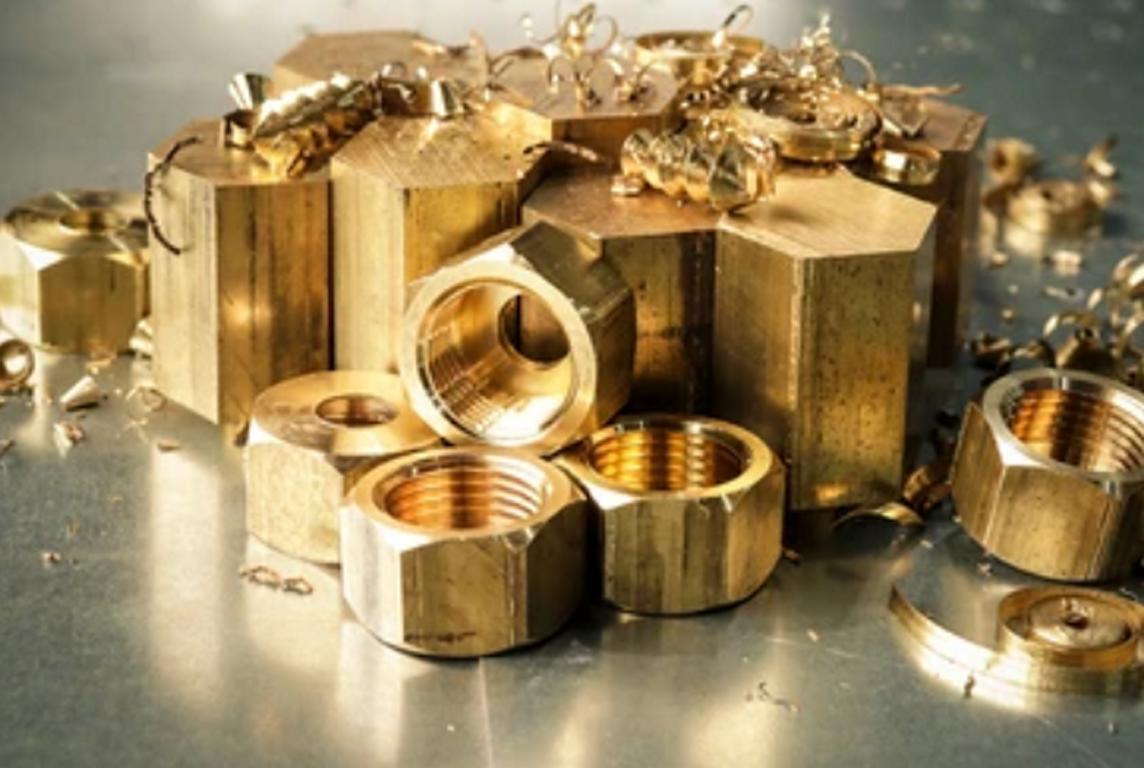
Common Applications of Brass
The following are the popular applications of brass;
- Musical instruments – trumpets, horns, and saxophones.
- Plumbing Fixtures – Valves taps and pipes.
- Accessory items – Lamps, furniture embellishes.
- Mechanical Parts – Gears, locks.
- Jewelry – cheap and long-lasting jewelry.
Common Applications of Copper
The following are the popular applications of Copper;
- Electrical wiring – Installation of wires for residential and commercial property.
- Applied Studies – Materials & Components – Plumbing – Pipes and fittings.
- Electronics – Printed circuit boards, and connectors.
- Roofing Materials – Cladding work to make resistance to weather conditions.
- Healthcare – Use of fungicides and bactericides in medical apparatus.
Common Applications of Bronze
The following are the popular applications of Bronze;
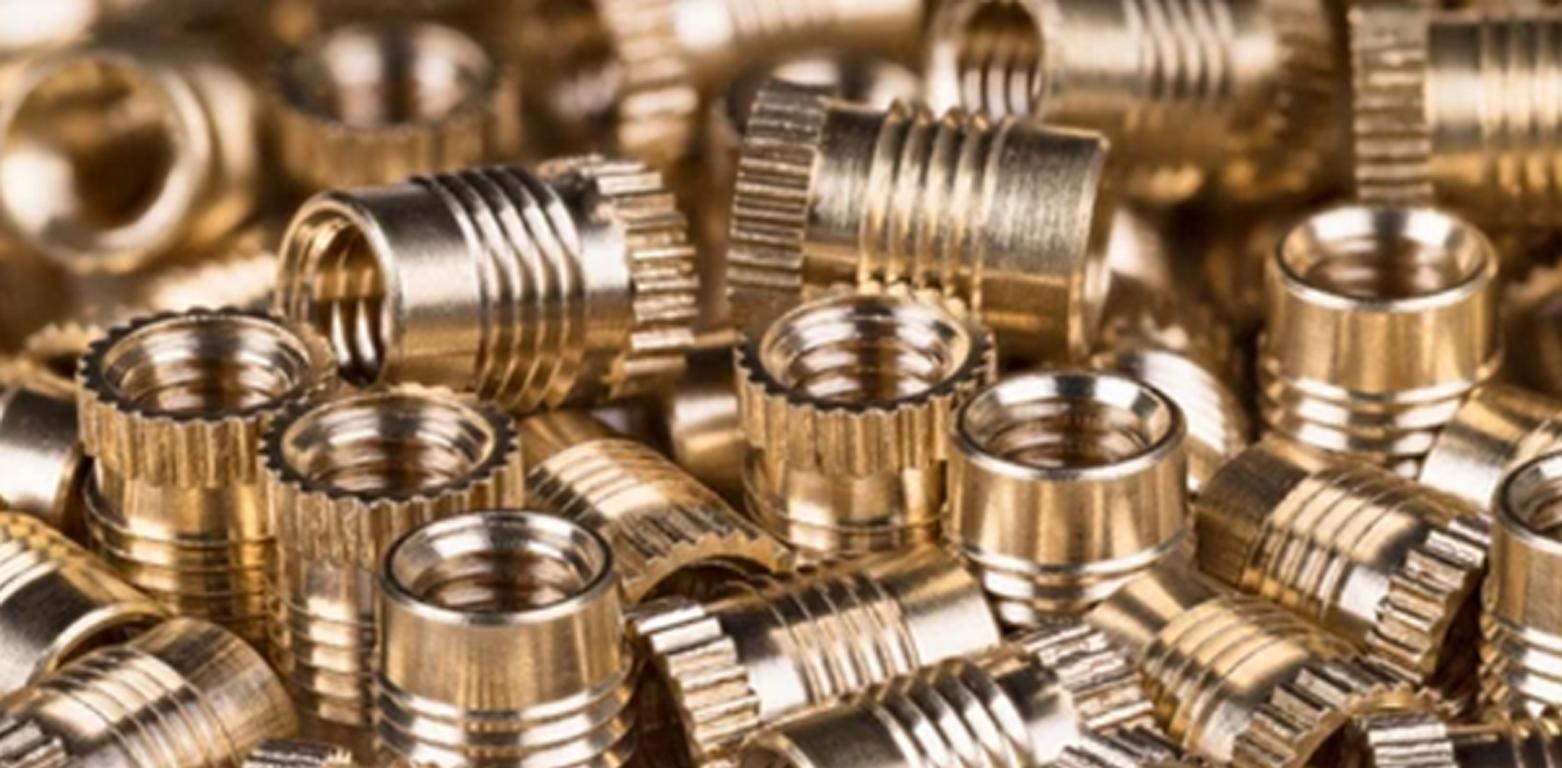
- Within marine equipment and supplies dealers, the specific products included are Propellers, pumps, fittings marine hardware.
- Industrial equipment – Shafts, hubs, couplings, gears, engine parts – Bearings and Bushings.
- Sculptures and Art – From an artistic point of view, other sections that display varieties of cast bronze statues include;
- Equipment – explosive-proof equipment which is used in explosive environments.
- Gears and Fasteners – These are always top quality, especially for heavy-duty machinery.
Grades of Bronze, Copper, and Brass
Brass, bronze, and copper have different grades available in the market. They all have different compositions and strengths. So, their applications are different too. The following table will help us understand the difference in their grades;
| Metal | Grade | Composition | Strength (MPa) | Typical Use |
| Bronze | C93200 | Copper 88%, Tin 8%, Lead 4% | 310 – 480 | Bearings, bushings |
| C95400 | Copper 85%, Aluminum 8%, Iron 5% | 380 – 550 | Marine hardware, pump parts | |
| C67500 | Copper 90%, Tin 10% | 400 – 650 | Structural applications | |
| Copper | C11000 | Pure Copper (99.9% copper) | 210 – 350 | Electrical wiring, plumbing |
| C12200 | Oxygen-free copper (99.95% copper) | 210 – 350 | High-end electrical applications | |
| Brass | C36000 | Copper 61%, Zinc 35%, Lead 2% | 200 – 300 | Fasteners, plumbing fittings |
| C26800 | Copper 65%, Zinc 35% | 250 – 400 | Decorative applications |
Advantages and Disadvantages of Brass
Here are some of the prominent pros and cons of Brass;
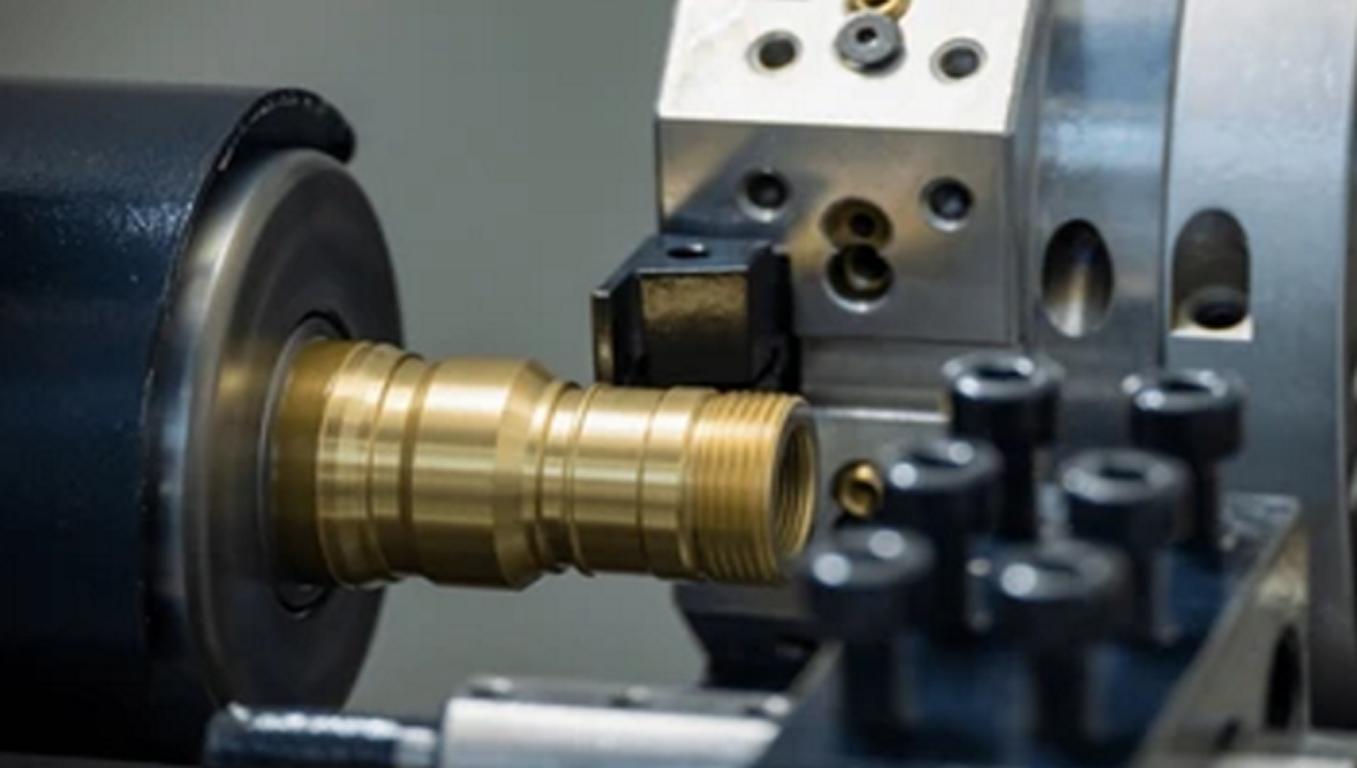
Advantages:
- Ductile – Capacities for bending and molding as well as easy to drill and cut.
- Corrosion resistant – Suitable especially for plumbing and for ornamental works.
- Functional – Gold-like surface appearance.
- More Affordable – Compared to the more expensive copper and bronze.
- Sound Absorbing – Most sought-after material in musical instruments.
Limitations:
- Low Strength – This process is not suitable for heaving use in manufacturing industries.
- Moderate Conductivity – less conductive than copper.
- May change color – Depending on what surface was exposed to the material, the chances are high that it will change its shiny appearance.
- Susceptible to Dezincification – Zinc is often found to dissolve in some circumstances.
- Lower Wear Resistance – The wear resistance of brass is lower than that of bronze.
Advantages and Disadvantages of Copper
Here are some of the prominent pros and cons of Copper;
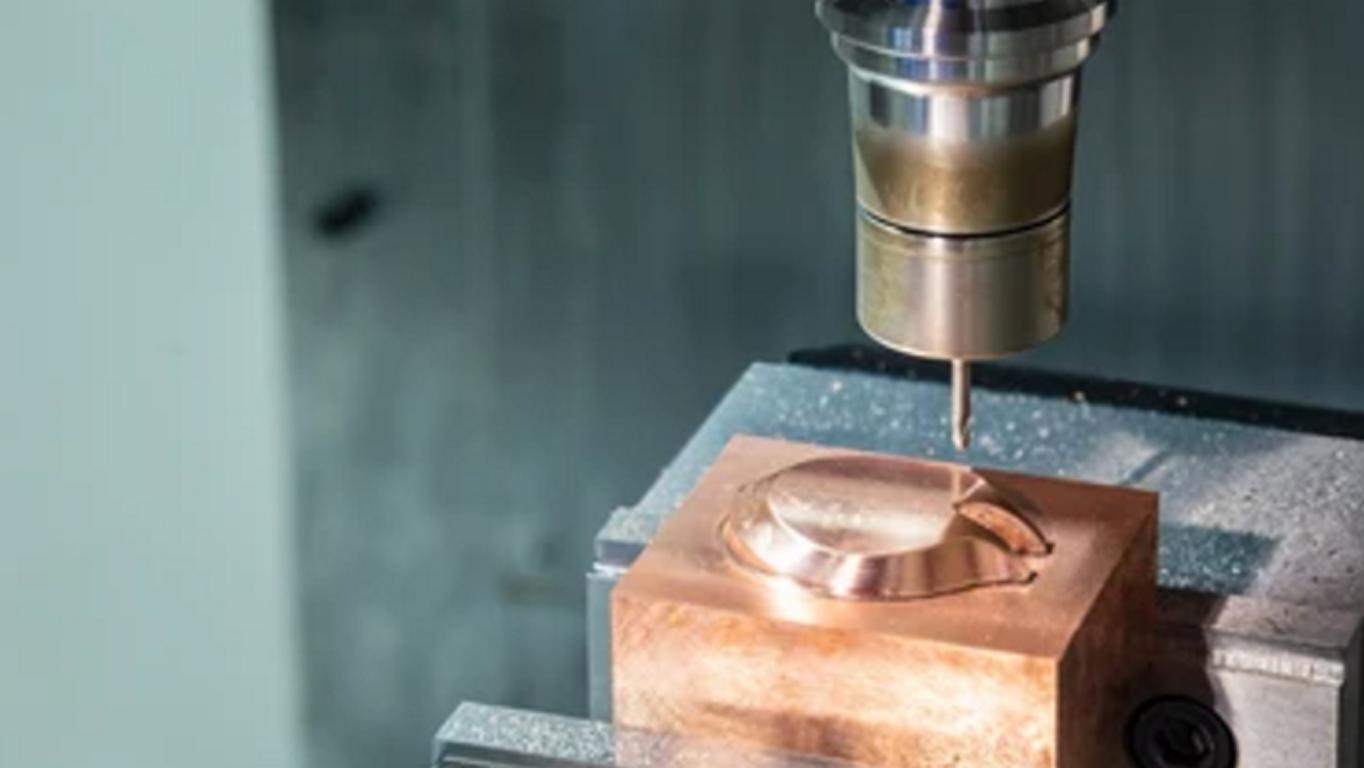
Advantages
- Higher conductivity – Ideal for use in electrical wiring.
- Plumbing & Outdoor Application – The material is corrosion-resistant for cold or hot water use.
- Antibacterial Characteristics – Suitable for use in the health care industry.
- Fusible – Can be bent into wires or rolled into sheets with negligible force.
- Long service – Strong, with the ability to endure unfavorable conditions.
Limitations
- Stiff – Copper is pricey as compared to brass and bronze for its purest form.
- Softness – Considerably less resilient to mechanical pressure…
- Oxidation –Can produce a layer of protecting oxide over the material surface within some time.
- Heavy– Copper is relatively heavy making it unsuitable for some applications.
- Sensitive to Scratches – gaze is easily scratched.
Advantages and Disadvantages of Bronze
Here are some of the prominent pros and cons of Bronze;
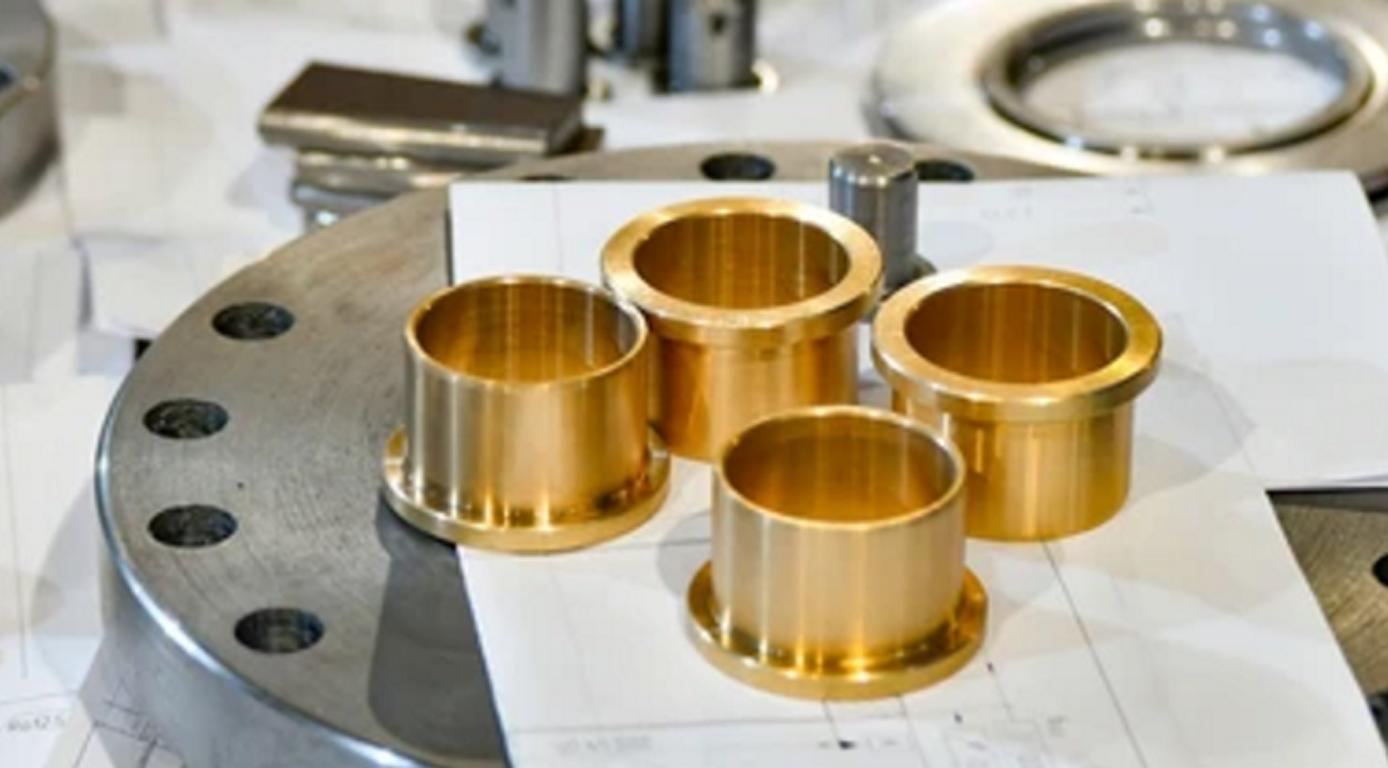
Advantages:
- Durable – Suitable for use in places which is bound to experience friction such as in bearings and bushing.
- High tensile nature – Higher tensile strength than brass metals and copper metals.
- Non-corrosive– Suitable for marine applications.
- Low Wear – Suitable for use where two surfaces are in direct contact with each other.
- Easy Machining – They can be easily formed or cut into any desired shape.
Limitations:
- Can Cost More Than Brass – The material costs more since it is an alloy.
- Heavier – It cannot be used where a less-weight door is desirable.
- Less Conductive – It is not suitable for electrical purposes.
- Brittleness – It may be less ductile than that of brass or copper.
- Chlorides – Vulnerable to chlorides may degrade under extreme chloride conditions.
Alloys of Bronze, Copper, and Brass
Brass, bronze, and copper have different alloys available in the market. They all have different properties and applications. So, the following table will help us understand the difference in their alloys;
| Metal | Alloy Name | Composition | Properties | Typical Applications |
| Bronze | Aluminum Bronze | Copper 90%, Aluminum 10% | Corrosion-resistant, high-strength | Marine components, valves |
| Silicon Bronze | Copper 96%, Silicon 4% | Excellent corrosion resistance | Electrical connectors, marine hardware | |
| Phosphor Bronze | Copper 90%, Tin 10%, Phosphorus 1% | Wear-resistant, good elasticity | Springs, electrical contacts | |
| Copper | Copper-Nickel | Copper 70%, Nickel 30% | Corrosion-resistant, strong | Marine applications, heat exchangers |
| Copper-Silver | Copper 92%, Silver 8% | Enhanced strength and conductivity | Electronics, jewelry | |
| Brass | Free-Cutting Brass | Copper 60%, Zinc 35%, Lead 2% | Good machinability | Screws, nuts, and bolts |
| Cartridge Brass | Copper 70%, Zinc 30% | High ductility | Ammunition casings, plumbing fittings |
When to Choose Brass?
You can use brass components base on below requirement:
- When a company decides that it needs to balance beauty and practicality
- For applications where the material needs moderate corrosion protection
- Especially good for use in musical instruments, plumbing, and precision parts.
When to Choose Bronze?
You can use bronze material to make your components base on below requirement:
- If the strength and corrosion resistance of the material are two essential factors
- Especially for heavy-duty, marine, or industrial use.
- Ideal for bearings, bushings, and statues
When to Choose Copper?
You can use copper material to make your components base on below requirement:
- Specifically, when electrical or thermal conductivity becomes a primary criterion
- Regarding electrical wiring, heating elements, and plumbing.
- Perfect for use where abrasion, scratch, and bacterial resistance are desirable.
Conclusion
In conclusion, the properties of brass, bronze, and copper are distinct and therefore make them appropriate for use in various applications. You can employ the high tensile strength and bearing properties of Bronze, the electrical and thermal properties of Copper, or the forming ease of Brass. Their selection can greatly affect the eventual performance of a particular job. That is why when comparing the characteristics of different metals you know your requirements and when to choose one metal or another for machining and construction purposes.
Frequently Asked Questions
Q1: Which metal suits electrical wiring best?
Copper is taken again because it is a better conductor of electricity than any other metal.
Q2: Can brass corrode?
It has satisfactory corrosion resistance but is vulnerable to stress corrosion cracking in some grades.
Q3: Is Bronze stronger than brass?
Yes, bronze is relatively stronger and more hard-wearing than brass.
Q4: In what situations should I replace brass with bronze?
A: Bronze can be applied at a high tractive load and corrosive conditions, i.e. salt water or where it is likely to experience high wear.

